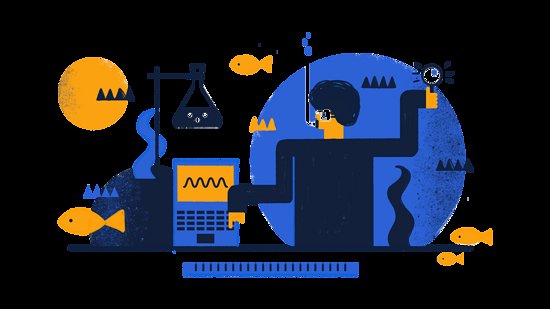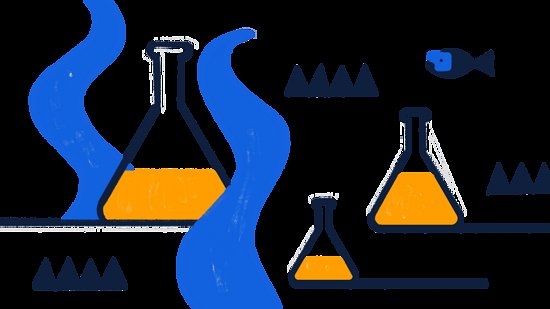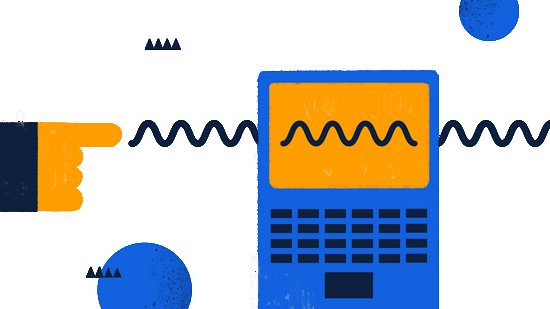Understanding users is an important prerequisite for product design. Today’s article comes from Adam Fard, a senior senior product designer in Europe. Adam has extensive experience in user research, user behavior analysis, and dismantling of requirements. He also has deep enough knowledge of gamification and visual design. He once served well-known companies such as Samsung Electronics, Deutsche Telekom, and Red Bull, and now often Drive startups forward in design and product design. In today’s article, he summarizes and sorts out the process he uses in understanding and analyzing users. Here is the text.
Understanding user behavior is key to understanding how users interact with the product. Specifically, how much time do users spend using the product, what controls do they click the most, at which stage do they decide to quit, and so on. The analysis of user behavior is to answer these questions and make the product continuously improved.
Don’t find customers for your products. Find products for your customers. –Seth Godin
In fact, understanding user behavior is the basis for building great products and an indicator of good company organization. Understanding user behavior not only provides valuable insights into the product, but also gives it a competitive advantage, improves customer retention, ensures that the product can meet customer needs, and eliminates guesswork in user experience design.
What is user behavior?
In short, user behavior is the way users interact with a particular product. To analyze user behavior, you need to set various user metrics to measure availability and intuitive design. You can monitor and analyze user metrics, such as clicks, navigation, session length, and conversion rate.
For example, suppose your conversion rate this month is 30% higher than last month. How do you find out why the conversion rate has increased?
Usually you have two options:
Attribute it to luck. You can look at the behavior of users over the past two months and compare how their interactions with the product have changed over this period.
Identify variables that may affect changes in user behavior. For example, did you start using a new CTA, adjust the position of a button, or add a new color?
The ultimate purpose of collecting user behavior data is to understand the reasons for user behavior. What triggered their action? Or why did they not take action? Observing and understanding user behavior can help answer these questions.
But how hard is it to really understand and transform the collected information into valuable user data?
The answer is simple: it depends.
Although technically speaking, understanding user behavior is not complicated, but it should not be underestimated. Here are a few ways to make it easier to understand user behavior.
Here are 7 basic steps to understand user behavior and develop powerful products based on this.
1. Seeking thoughtful, purposeful action
People want every choice they make to be well thought out. Generally, they have a plan and try to implement it. People generally know their deep desires and how to achieve their goals. However, if most customers’ lives and product participation decisions are driven by consciousness, why do you often not be able to predict user behavior 100% accurately?
Research shows that things are not so simple. Human behavior has been greatly influenced by past evolutionary processes. For a long time, humans lived in hostile environments, and most of their actions were to keep themselves safe and to respond to immediate stimuli.
Today, the entire world is driven by conscious behavior. From Pavlov’s dogs to the best performing athletes, all these examples show that repetitive movements can be used to change behavior, gradually transferring conscious processes to unconscious behaviors, which can implant new habits .
Both types of user behavior—conscious and unconscious—are useful. They are not mutually exclusive.
How can you have both of these behaviors? Let’s move on to the next step:
2. Mind habit patterns
Your users-we humans may retain part of the reptile instinct. We are driven by deep-rooted emotions. But we are not born helpless slaves.
We do make careful, well thought out and planned decisions. When your users interact with your product, they do take purposeful action.
In this meaningful interaction, the most important thing is to find a way to understand their experience in depth, analyze the principles and rules of interaction, and use them to predict user behavior, which will allow you to guide users to make Win-win decision.
3. Applying the law to the user journey
Users don’t necessarily know why they are attracted to a product, but they know their reactions when they see it.
They don’t know why they feel this way, but they can usually perceive their natural reaction to the product and use it to understand their feelings.
Therefore, you can try to apply the interaction rules you have learned to the product, which will promote users to unconsciously perform the operations and interactions you expect throughout the process.
4. Meet the interests of users
Users won’t be easily moved by your product unless your product can benefit them in three ways:
Help them solve the problem. satisfy their needs. Make them feel physically and mentally happy.
Even if there is a mature product of the same type in the market now, when you sort out the customer journey map, it is necessary to deeply research what the customer really wants.
How can we meet our customers’ core needs?
Create multiple key nodes on the user journey graph. In designing the entire user journey, focus on the starting nodes, and keep the nodes flexible enough while developing sophisticated features.
To understand how users interact with the product and familiarize yourself with these key interaction nodes, you need to think about it from the customer’s perspective.
Dig deeper into user roles to understand their pain points, motivations, and goals.
“Infinitely close to your customers, before they realize what they want, you need to tell them what they need.”-Steve Jobs
As users use the product, you can ask them questions about the experience. Each question can be used as an entry point to connect business goals with user needs to further advance the goal.
Of course, you cannot explore and ask endlessly. When you take action to put the product design on the ground, you need to have clear records and comments, and this information will be translated into a smooth product process. This process may require some tools.
5. Use automated tools
The “why” hidden behind the user’s behavior may refer to the involuntary unconscious process, which may not be supported by clear logic. What you are more interested in is the “how” of behavioral appearance, which can be achieved by using some technical means.
Behavior analysis software consists of complex algorithms that can check complex interactions between key nodes. Whether it is on paper or in an Excel spreadsheet, humans can certainly implement this process, but it is obviously not as powerful or “smart” as software.
Continuous analysis with software tools is a great way to gain insight into customer behavior.
6. Iteration
Don’t underestimate the value of feedback. For example, feedback from software platforms or internal interactions in an application contains a large amount of valuable data. You can see the essence behind the appearance through data phenomena.
Think of data as wealth and use it to adjust your user journey map, adjust business goals, and improve products.
7. Don’t assume, go to verify.
One thing to keep in mind: user perception is more important than yours. You can analyze the observations behind emotion-driven KPIs and actions.
You also need to pay attention to how users think of products that you think are ready for delivery, and see if their ideas deviate from objective reality.
A deeper understanding of the relationship between unconscious and conscious behavior, and an accurate user journey map is only part of the solution. When supported by powerful analysis software, you don’t really need to spend so much energy exploring the “why” behind user behavior. These seven steps can help you extract the essence of your complex user data and get valuable information to increase conversion and retention and increase your customer lifecycle.






